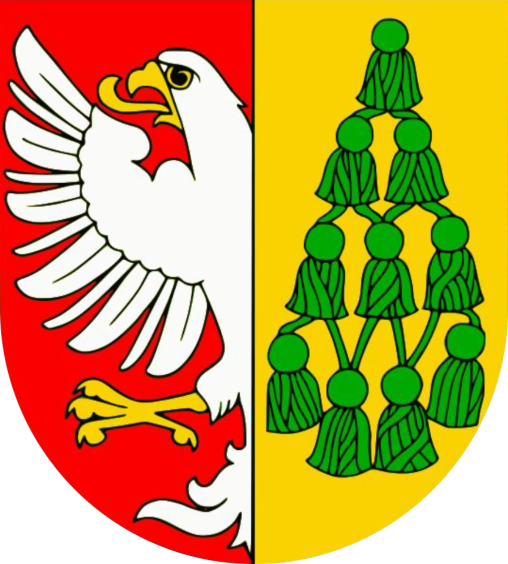Winter in 1929 in Vestec, Mardi Gras
The bitter winter of 1929 brought the whole of central and northern Europe under its icy grip. A high pressure of around 1040 hPa settled over the Baltic Sea for almost two months. The high snow cover and the icy air from Russia added to the winter madness. But let the chroniclers talk about winter. As far back as Vestec can remember, winters were always quite mild and rather muddy without snow, so the farmers got into the habit of ploughing up all the manure in the winter months. The only other times were on Groundhog Day in 1900, when a snow hurricane swept through the village, and in 1901, when the pond was still encased in a 26cm thick ice shell in March. The ice was then used by local innkeepers and a dairy (200 for in total). The year 1929 was marked by a huge winter right from the beginning. There was a large amount of snow, which did not diminish at all. State buses did not run for the whole of January, children were exempt from schooling. On January 13 the thermometer read -18°C and then the mercury of the thermometer dropped and dropped. On February 2, to -26°C and on February 10 to an incredible -36°C. Potatoes, beets froze, water was rather solid, transport was paralyzed, state roads were blocked, oil in machines froze, animals, birds, bees were dying of cold, but also of hunger. The men of Vesteč were shovelling the main roads. At least 60% fruit trees, especially the older ones, did not bud in the spring, the tree trunks were torn apart by the severe frost. All the walnut trees in the village froze to death.
The people of Vesteč did not always sit behind the stove in winter, as in the year mentioned above. Let's go back in time to the 1970s. That's the time of year when carnival happens! You had to go to a masquerade. Ever since the new year, people have been thinking of what mask to surprise people with. The more skilful ones created it themselves, others borrowed them and found them wherever they could.
The carnival started at the pub "U Klimešů". Mr. Skřivan was sitting there on a decorated ladder with a couple of horses in front of him. Behind him, dressed-up children sat on the carriage. Around the wagon were other masqueraders. The exuberant procession set off on its way to the village. Accompanied by the brass band of Bóži Zeman from Hodkovice, it stopped at every building, where the hostess was already there with sweet doughnuts or other refreshments. Even though the frost was creeping behind the nails, the blood circulation was warmed by sips of liquor. When the exuberant procession made a sort of a circle around Vestec, it ended up back at the Klimeš family, where the carnival merriment continued with dancing in the evening. The main organizer of such and other events was the chairwoman of the MNV, Mrs. Lenka Mentlíková (in office from 1968 to 1975), who was a kind of driving force and therefore Vestec citizens remember her fondly.
Mrs. Hanka Trnková remembers.
Missing picture
Blanka Pašková, chronicler
